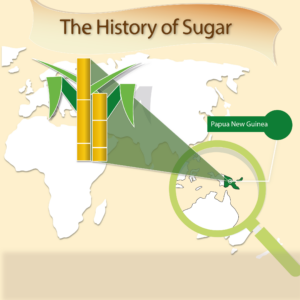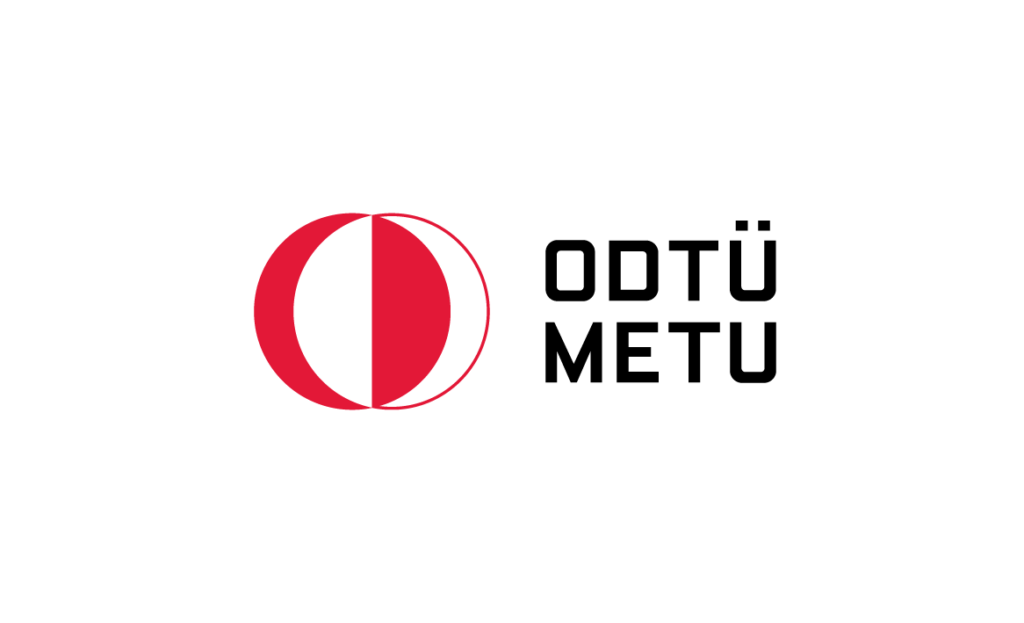The History of Sugar

From birth, humans are attracted to sweet tasting-foods, and for good reason: there are thousands of specialized buds for sweetness perception in our mouths.
Honey was the first and most reliable source of sweetener before the introduction of cane sugar. Wild cane (Saccharum robustum) was first domesticated and farmed 8000 years ago in New Guinea and people enjoyed chewing this sweet cane. The first sugar is refined the crystal granules in India, concluded from ancient Indian texts that show a description about a sugar mill around 100 A.D. Over time, its spread across the globe is closely related to the migrations of the Southeast Asians to other regions.
The other primary source of sucrose, sugarbeet, is derived from many years of breeding the domesticated beet (Beta vulgaris L.). They were created in Germany at the end of the 1700s and rapidly became popular. Sea beet (Beta maritime) is the wild ancestor of sugar beet domesticated around 8500 B.C.
Sugar is not just something sweet. Over the centuries, it has been used as a medicine, a spice, and an instrument of disease. Besides, sugar was rare and treated as a symbol of status in the early modern period.
The information contained in this document reflects only the view of the SuChAQuality project and in no way reflects the European Commission’s opinion for which cannot be held responsible for any use that may be made of the information it contains

